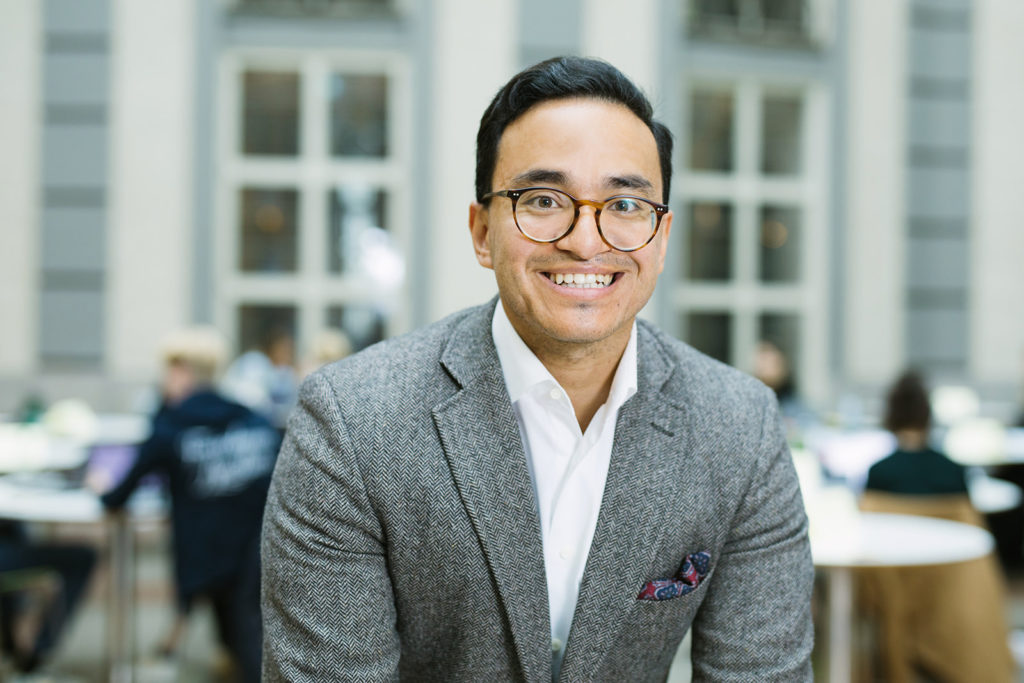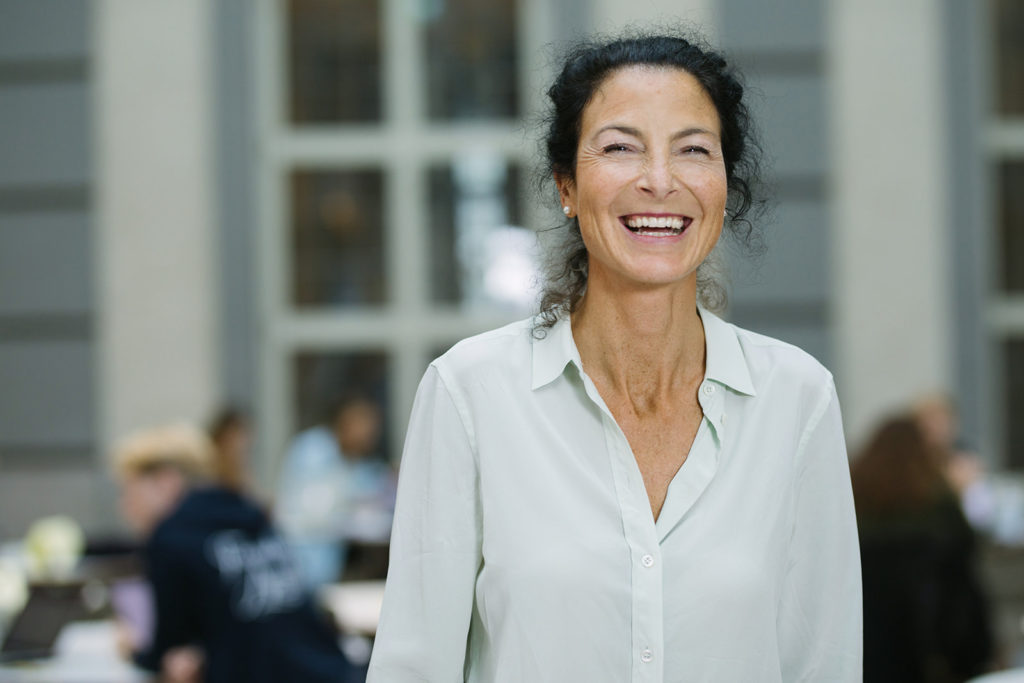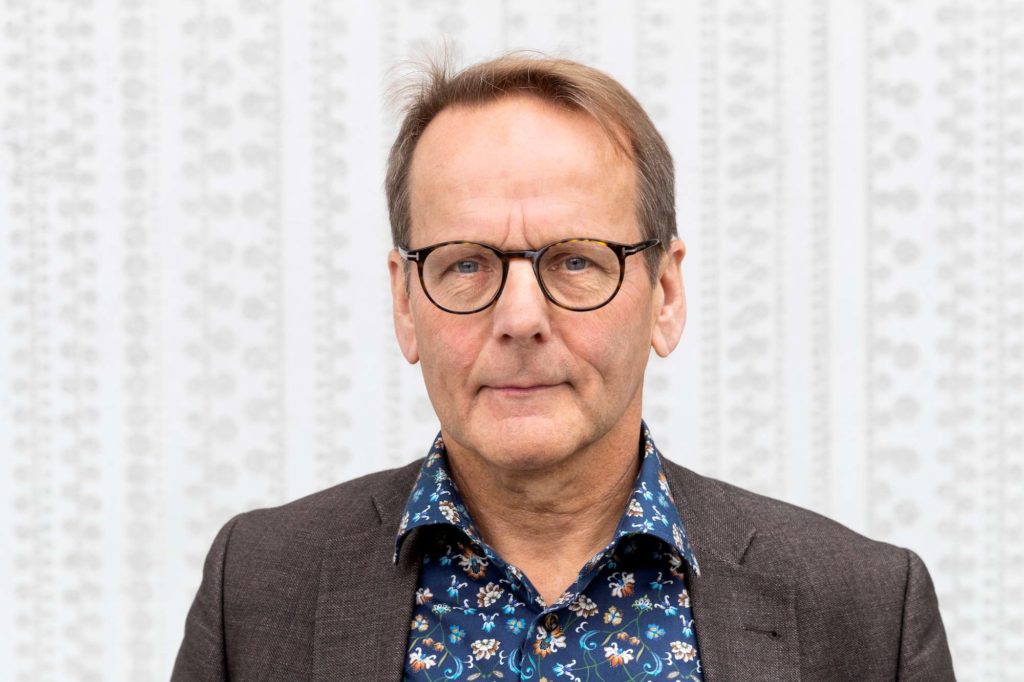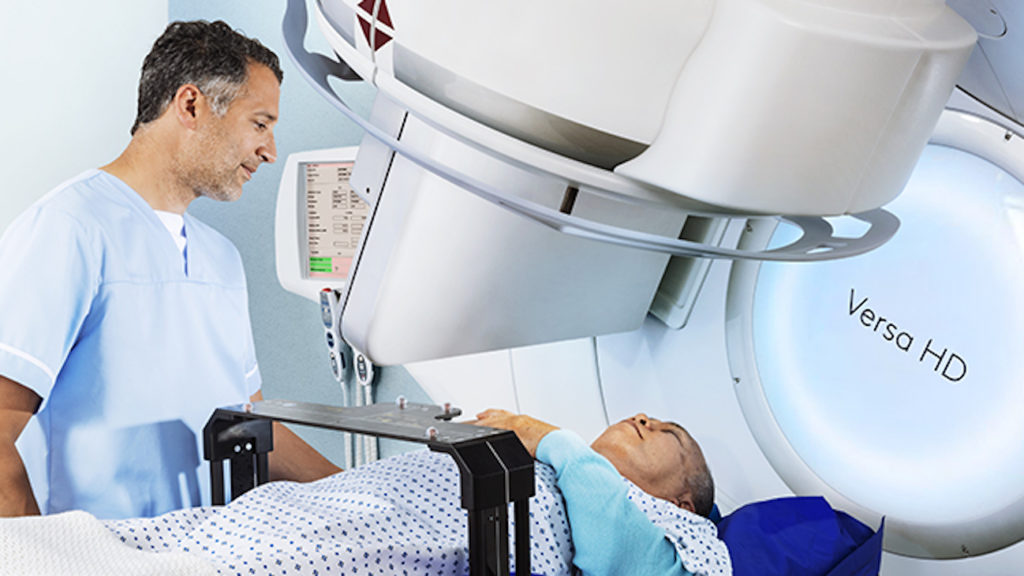From Lung cancer policy network blog post

We speak to Ebba Hallersjö Hult, Co-founder and Head of Vision Zero Cancer, a mission-oriented innovation hub coordinated by Stockholm School of Economics Institute for Research, Sweden.
What led you to work in the field of lung cancer?
I have a background in political science and international relations, and I am one of the founders of Vision Zero Cancer, a multi-stakeholder platform against cancer which was established in November 2019.
With Vision Zero Cancer, we decided to start with lung cancer as it is the most common cause of cancer-related death among both men and women in Sweden. Lung cancer is associated with great suffering and economic burden for the people with the disease and society. Today we have the technological means to detect lung cancer earlier and treat it more effectively, to transform lung cancer from a deadly disease to one that is chronic or curable. Now, we just need to implement these technologies into routine care.
Eliminating lung cancer as a cause of death requires a holistic approach that is effective across two axes: 1) prevention—early detection—treatment—quality of life; and 2) research—translation—implementation. At Vision Zero Cancer, we are therefore building a holistic project portfolio – ranging from early detection and screening of lung cancer, to implementation of precision medicine, and new organisational models and tools for prevention, rehabilitation and quality of life. In addition, we are investing in research into ecosystem development. We are also developing methodology to build a collaborative innovation capacity. Our ambition is to increase the impact of innovation through new forms of governance and collaboration.
What does an average work-day look like for you?
As well as leading the coordination of Vision Zero Cancer, I oversee a national testbed for precision diagnostics and clinical trials in precision cancer medicine, which is a spin-off flagship project that we created together with Genomic Medicine Sweden and SciLifeLab. I lead our operations from Stockholm School of Economics Institute for Research, and I have a team of colleagues across Sweden.
Managing large consortia with a comprehensive project portfolio and many different stakeholders across various sectors is a true exercise in mission orchestration. Every day I learn something new.
A typical day involves several meetings, policy work and management tasks. I spend a lot of time with partners, steering groups in different projects, and participates in workshops or seminars – in Sweden and abroad. I also take an active role in organising and hosting study visits, workshops and other events as part of the convenor and catalyst function that Vision Zero Cancer plays in the Swedish cancer ecosystem.
I also work across three European Union (EU) projects related to the implementation of Europe’s Beating Cancer Plan and the EU Mission on cancer: Establishing of Cancer Mission Hubs (ECHoS), Personalised Cancer Medicine for all EU citizens (PCM4EU), and Precision Cancer Medicine Repurposing System Using Pragmatic Clinical Trials (PRIME-ROSE).
In addition to the Lung Cancer Policy Network, I am a member of All.Can and I represent Vision Zero Cancer in DigiCore and ECO Community 365.
What is working well in your country, and what could be improved?
All Swedish residents are covered by health services, and results are comparably good when measuring performance of cancer care, with low cancer mortality and high cancer survival rates. The quality of cancer care has continued to improve in recent decades following the launch of a National Cancer Strategy in 2009. The strategy included establishing regional cancer centres, enhancing multidisciplinary teams’ decision-making skills, regularly updated national clinical guidelines, and rapid access to new medicines, as well as further development of clinical quality. In Sweden, cancer costs are slightly higher per person than the EU average.
Prevalence of risk factors for cancer is generally low in Sweden, but some disparities between socioeconomic groups are concerning, which is something we need to work on. While prevalence of smoking in Sweden is the lowest in the EU, the difference between people on higher and lower incomes is among the largest.
Sweden has three nationwide, population-based outreach screening programmes that are tax-financed and free of charge for the target populations. Coverage rates for breast and cervical cancer screening are among the highest in the EU, but there are persisting disparities in participation from people with different levels of income and education.
An updated cancer strategy is currently being developed, with a focus on improving early detection, rehabilitation, and the transition from childhood to adult cancer care. The new strategy will also look at the implementation of precision diagnostics and treatment, e.g. whole-genome sequencing as clinical routine for all children living with cancer.
The prognosis for lung cancer has improved during the last decade thanks to advanced diagnosis and treatment methods. Despite this, the five-year survival rate is only around 24% for men and 31% for women.
Vision Zero Cancer has contributed to the policymaking process with a national health economic assessment conducted by the Swedish Institute for Health Economics (IHE), proving the value of lung cancer screening. We have also supported policy decision-making through two independent studies on attitudes towards participation in lung cancer screening among Swedish native speakers and foreign-born Swedish citizens within the target population. Both studies, conducted by Kantar Sifo AB and The Social Few, showed that 9 in 10 smokers and ex-smokers were positive about participating in lung cancer screening. The overwhelming majority of study participants preferred to get information about screening when visiting a general practitioner, health centre or an existing screening programme.
A first lung cancer screening pilot project is ongoing in Stockholm, with promising results. I hope this will lead to the decision to start preparing for the implementation of a nation-wide screening programme.
What motivated you to join the Lung Cancer Policy Network?
I was invited to join the Lung Cancer Policy Network through colleagues at AstraZeneca, one of the founding partners of Vision Zero Cancer. We share the overarching ambition to eliminate lung cancer as a cause of death.
What would you like to see from the Network as it develops?
The Network is a great initiative to join forces across the globe, learn from each other and build momentum for the implementation of lung cancer screening – taking a systems perspective.
The Network has already developed many useful resources in a collaborative way, which is highly appreciated. Now we must make sure these resources are widely circulated so they can be used practically.
It is important to maintain an agile way of working, and a collaborative spirit, as the Network grows and evolves over time. It is important to continue to create and publish resources on implementation across the globe, as well as to participate in international congresses and national events.
What changes would you like to see in lung cancer care on a global level?
Today we have the technological means to detect lung cancer earlier and treat it more effectively, to transform lung cancer from a deadly disease to a chronic or curable one. Now, we just need to implement these technologies into routine care. There is no single answer as to how to do this, but we do know that no one can do it on their own, and that we need to think and collaborate in new ways.
More investment is needed in research and across the care pathway, including primary and secondary prevention. The single most important measure for curing people is early detection. Today, too many get diagnosis of lung cancer at a late stage, as early symptoms can be diffuse and difficult to detect. I would like to see equitable access to targeted screening, early detection and precision diagnostics for targeted treatment.
What recent research have you found the most interesting or exciting?
The development of novel predictive biomarkers and therapeutic targets, leading the way for the next generation of precision medicine and improving clinical outcomes. We greatly increase the chances for successful treatment with early detection and screening. There is hope for a cure.
Outside of work, what do you spend your time doing?
I live with my family on an island in the Stockholm archipelago with fantastic wildlife and nature where we enjoy walks, golf, water sports and boating in the summer, and cross-country skiing and skating in the winter. Above all, I enjoy travelling, and interacting with people from different backgrounds and cultures. In addition to Sweden, I have had the opportunity to study and work in Italy, Spain and Ukraine, which I believe has shaped my character. My Scottish grandmother gave me my motto: ‘the world is a book, and he who stays at home reads only the first page’.
The Lung Cancer Policy Network brings together a unique mix of experts in lung cancer from around the world, united in their passion to eliminate lung cancer as a cause of death.
We regularly share profiles of our members so that you can find out more about what led them to work in lung cancer and what changes they would like to see in lung cancer prevention and care on a global level.
 Lung cancer policy network meets our co-founder
Lung cancer policy network meets our co-founder



